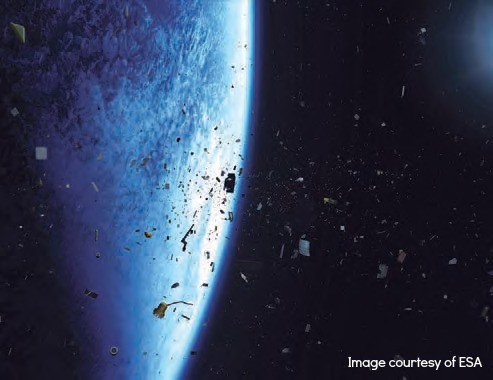
The final presentation of the COBRA IRIDES Project took place in late June. The aim of the project was to define the (COntactless deBRis Action) COBRA experiment to be flown in the PRISMA technology demonstration mission.
In 2012 the GMV-proposed COBRA concept won the Sysnova prize funded by the General Studies Programme of the European Space Agency (ESA).
This concept proposes a way of controlling space debris without actually coming into contact with it, doing so by directing the exhaust plume of a chemical engine towards the target. It can be used to deorbit space debris object like decommissioned satellites or to control the attitude dynamics of the target itself. Its main use will be in Active Debris Removal (ADR) missions, which are now being closely studied by agencies all round the world.
The main advantage of the proposed system is that it can control and reduce tumbling space debris without coming into contact with it, hence reducing the risk of the operations. Reducing/removing tumbling debris before its capture for later deorbit can be an enabling technology in some cases and a risk mitigation/facilitator on all ADR missions.
The proposed experiment involves a first demonstration of the concept on two missions that are already flying, PRISMA, operated by OHB Sweden, and Picard, operated by CNES. PRISMA’s Mango spacecraft will act as the active chaser and approach the Picard spacecraft to perform at first a series of inspection orbits around it (IRIDES Experiment, currently underway) and then fire its thrusters towards Picard to demonstrate the COBRA concept.
GMV has been responsible for experiment definition in terms of trajectories, safety, operational plan and required systems. Within the latter, the critical systems implemented by GMV are the image-processing software, the relative navigation module required to time the experiment properly and the experiment effect predictor for selecting the right moment for carrying out the experiment to the best effect.




